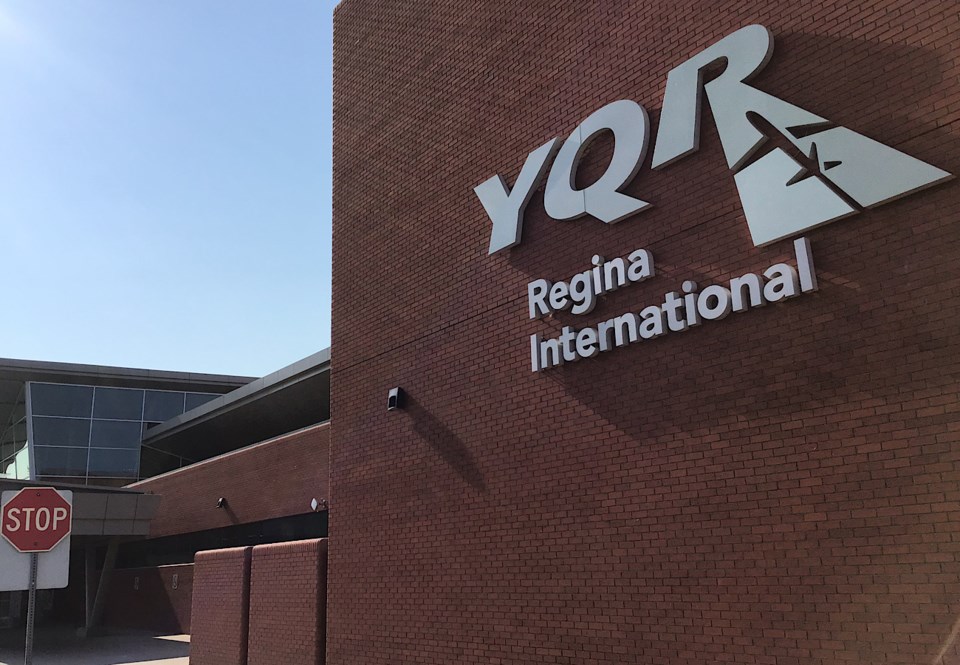Dissatisfaction with the current state of Canada’s airports is palpable among the public, airlines, and the federal government. Landing fees, shop and restaurant rental fees, and ‘airport improvement fees’ seem high and uncompetitive compared to U.S. airports. This collective discontent underscores the urgent need for change.
Monette Pasher, a spokesperson for the Canadian Airports Council, representing about one hundred airports across the country, was unconvincing in her recent of the unsatisfactory status quo. Pasher, representing about one hundred airports across the country, claims that the sale of airports to investors would, axiomatically, increase costs: “Boosters of the for-profit model ... [say] … that the returns will come from … “efficiencies” of privatization, but Canada’s airports have already been privatized. So the circle will inevitably be squared with higher revenues – a.k.a. higher fees.”
There are several problems with her argument. First, financial viability is crucial for the survival of an enterprise. Taxpayers and citizens have no obligation to use its products or services or to finance its losses if its offerings are unattractive to customers. That is one of the main reasons to sell off public sector enterprises: to remove risk to the government.
The second problem is that these large airports are not truly ‘privatized.’ They occupy a strange, limbo-like role that serves nobody well. With no shareholders, they operate with low accountability, which is a cause for concern. Their non-profit status further diminishes financial discipline, allowing them to hike landing fees and embark on projects that may not generate revenue but ‘look good’. Empire-building may be a motivation in some cases.
Pasher complains about the substantial land-use fees airports pay to Ottawa, a major problem that amounts to hundreds of millions of dollars annually. However, this problem could be solved by transferring the land outright to the airports and then prepping them for sale as stand-alone publicly traded infrastructure companies. Proceeds from the sale of airports could be divided between the newly public companies and Ottawa, with the cash retained by the airports either used for their projects, if necessary, or to pay down unserviceable debts.
The sale of Canadian airports to pension funds alone is not pre-ordained. Rigorous preparation for initial public offerings (IPOs), including developing credible plans for debt reduction and possible radical restructuring, will make airports more valuable and attractive. It could be that pension or private equity funds will not be the highest bidders for airports.
After operational and financial restructuring, a proper auction process could proceed, open to a wide variety of interested bidders (with the real possibility, even probability, of the IPO ‘threat’ prodding the participants to pay what the market will bear). Generating the maximum proceeds should be the goal, for Ottawa and the airports.
As of 2019, before the distortions caused by the COVID-19 shutdown, the six largest Canadian airports held combined gross assets valued at $17.6 billion. The proceeds from selling these airports would likely be less for Ottawa, as the government would need to swallow significant debt, recapitalize the airports before sale, and grant them full ownership of the land.
However, the potential benefits of privatizing Canadian Airports could be substantial – for the airports, passengers, taxpayers, cargo customers, airlines, and overall economic growth and market dynamism.
Dithering, timidity, and short-term thinking are not viable strategies.
Ian Madsen is the Senior Policy Analyst at the Frontier Centre for Public Policy.
©
The commentaries offered on 小蓝视频 are intended to provide thought-provoking material for our readers. The opinions expressed are those of the authors. Contributors' articles or letters do not necessarily reflect the opinion of any 小蓝视频 staff.




